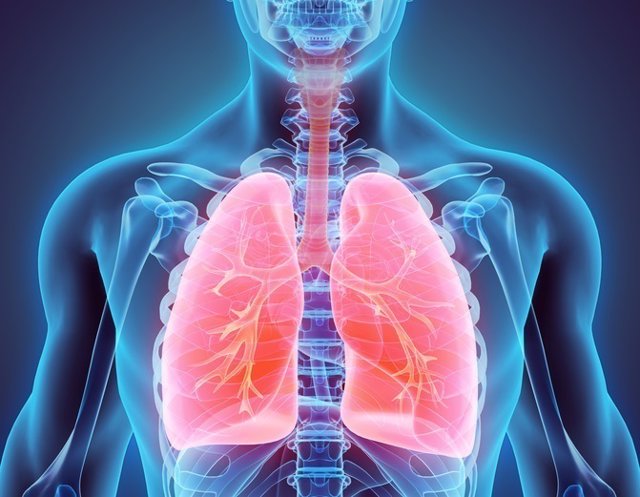Animal kingdom / Reino animal
All vertebrate animals have a backbone, but they breathe, eat and reproduce in very different ways.
Todos los animales vertebrados tienen columna vertebral, pero respiran, comen y se reproducen de maneras muy distintas.
Respiration / Respiración
All animals need oxygen to live. Mammals, reptiles and birds get oxygen from the air. Mammals, reptiles and birds get oxygen from the air. They breathe with lungs.
Todos los animales necesitan oxígeno para vivir. Mamíferos, reptiles y aves obtienen el oxígeno del aire. Respiran con pulmones.
Fish use gills to get oxygen from the water. Amphibians have gills when they are young and live in water, and later they develop lungs to live on land.
Los peces usan branquias para obtener el oxígeno del agua. Los anfibios tienen branquias cuando son jóvenes y viven en el agua, pero más tarde desarrollan pulmones para vivir en la tierra.
Reproduction / Reproducción
All mammals are born directly from their mother. They are viviparous. All other groups reproduce by laying eggs. They are oviparous. Sometimes these eggs are hard, such as chicken's eggs and sometimes they are soft, such as frog and fish eggs.
Todos los mamíferos nacen directamente de su madre. Son vivíparos. Todos los demás grupos se reproducen poniendo huevos. Son ovíparos. A veces los huevos son duros, como los de las gallinas, y a veces son blandos, como los de las ranas o los peces.
Mammals are also different to other animals because they produce milk to feed their babies and look after them for a longer time.
Los mamíferos son también diferentes a otros animales porque producen leche para alimentar a sus crías y las cuidan durante más tiempo.
Nutrition / Nutrición
Herbivores eat only plants. Carnivores eat only other animals. Omnivores eat both plants and other animals.
Los animales herbívoros comen sólo plantas. Los carnívoros comen otros animales. Los omnívoros comen tanto plantas como otros animales.
Food chains / Cadenas alimentarias
- Productor: La planta fabrica su propia comida usando los nutrientes del suelo creados por los descomponedores.
- Consumidor (herbívoro): El conejo se come la planta.
- Consumidor (carnívoro): El lince se come al conejo.
- Descomponedor: Cuando el lince muere, bacterias y hongos descomponen los restos del lince y los convierten en nutrientes que quedan en el suelo.
Plant reproduction / La reproducción de las plantas
Sexual reproduction
In sexual reproduction pollen goes from the stamen of one flower to the pistil of a different, or the same, flower. This is how plants reproduce.
En la reproducción sexual el polen va desde el estambre de una flor hasta el pistilo de la misma o de otra flor. Así es como las plantas se reproducen.
The pollen joins an ovule to make a seed. This is called fertilisation. The pistil grows around the seed into a fruit. The fruit falls to the ground and the seed grows into a new plant.
El polen se une a un óvulo para crear una semilla. Esto se llama fertilización. El pistilo crece alrededor de la semilla y forma un fruto. El fruto cae al suelo y la semilla hace que crezca una nueva planta.
Asexual reproduction
In asexual reproduction there are no flowers or fertilisation.
En la reproducción asexual no hay flores ni
fertilización.
The importance of photosynthesis. Every animal, including humans, needs oxygen to live. Plants give us oxygen. Plantas absorb nutrients and water from the soil and carbon dioxide from the air during the day, and use these to make their own food. In this process they release oxygen into the air for us to breathe.
La importancia de la fotosíntesis. Cada animal, incluidos los humanos, necesita oxígeno para vivir. Las plantas nos dan oxígeno. Las plantas absorben nutrientes y agua del suelo, y dióxido de carbono del aire durante el día, y los usan para fabricar su propia comida. En este proceso expulsan oxígeno al aire, que aprovechamos nosotros para poder respirar.
Plants and animals living together / Plantas y animales viviendo juntos
Living things of the same species which live in the same place are called a population. For example, in a forest you can find a snail population, a fox population, a squirrel population, an oak tree population and a pine population.
Los seres vivos de la misma especie que viven en el mismo sitio se denominan población. Por ejemplo, en un bosque puedes encontrar una población de caracoles, una población de zorros, una población de ardillas, una población de robles o una población de pinos.
All the different populations that live in the same place are a community.
El conjunto de las poblaciones que viven en un mismo sitio se denomina comunidad.
The place where they live is called a habitat. A habitat is defined by the amount of light and water, the temperature and the type of soil.
El lugar donde viven se llama hábitat. Cada hábitat se caracteriza por la cantidad de luz y de agua que tiene, su temperatura o el tipo de suelo, por ejemplo.
The combination of the habitat and its community of living things is called an ecosystem.
La combinación de un hábitat y su comunidad de seres vivos es lo que llamamos ecosistema.
An ecosystem can be as small as a puddle of water, or as big as a desert or tropical rainforest.
Un ecosistema puede ser tan pequeño como un charco de agua, o tan grande como el desierto o la selva.
Each ecosystem is a delicate balance between the habitat and its community of living things. It has many food chains.
Cada ecosistema tiene un delicado equilibrio entre el hábitat y su comunidad de seres vivos. Tiene muchas cadenas alimentarias.




















